Table of Contents
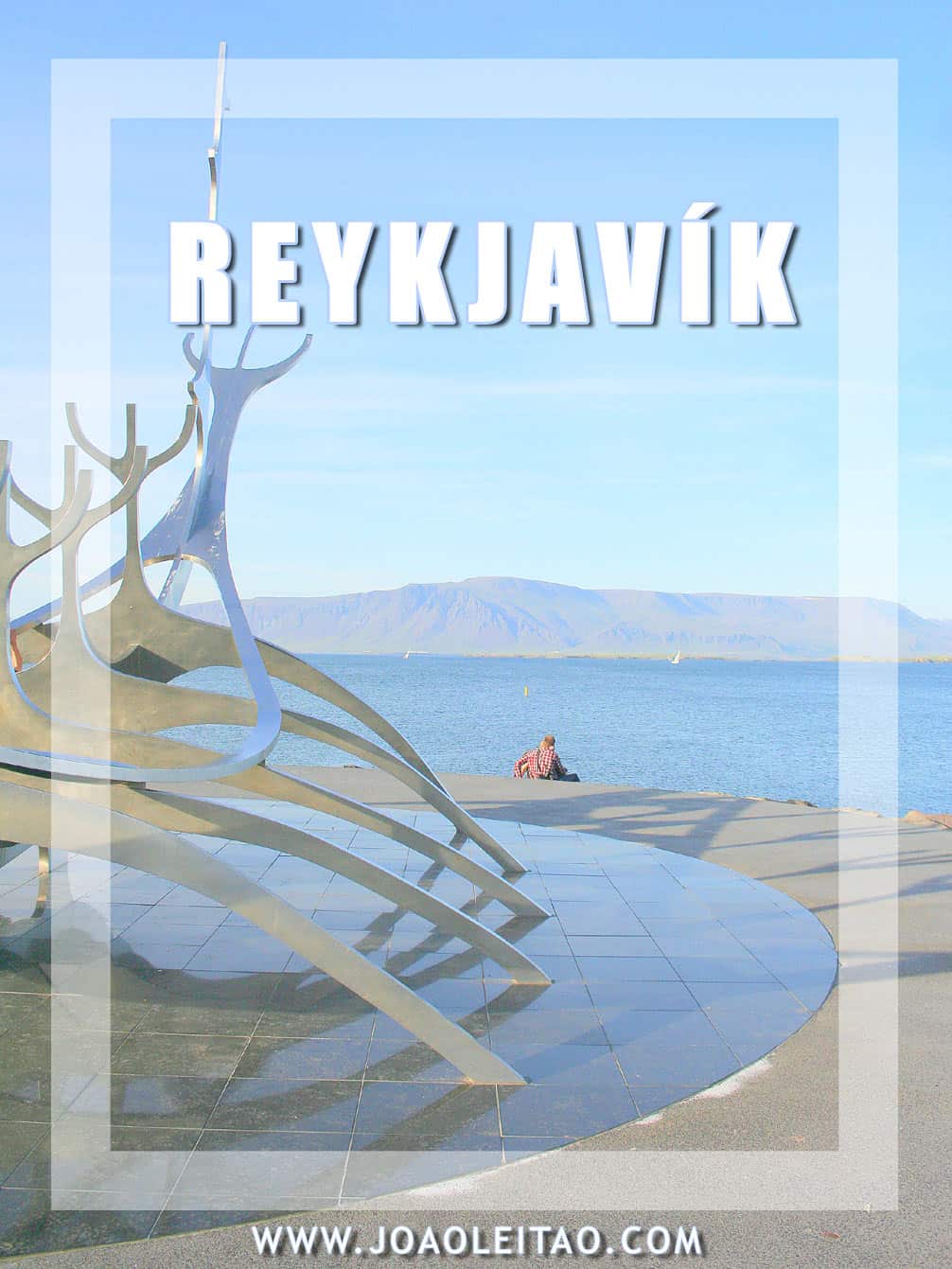
Reykjavík is the capital of Iceland. With 123,000 people, Reykjavík is a small city and the only one in the country. It combines some classical Scandinavian style buildings, which means wooden houses painted in bright colors, with modern structures that were built before the Icelandic economy crash (2008-2011).
Reykjavík has a cosmopolitan vibe, with lots of culture and interesting restaurants and cafes, but the cost of living is high and sometimes unbearable for tourists.
Reykjavík city was founded in the 18th century but always remained small, almost like a village. The Second World War and the influx of North-American and British soldiers brought new life to the Icelandic economy and the city continued to grow until 2008.
Houses in Reykjavík are scattered all over the city, but the historic center is compact and most points of interest are within walking distance.
Reykjavík Top 5
Sun Voyager Monument
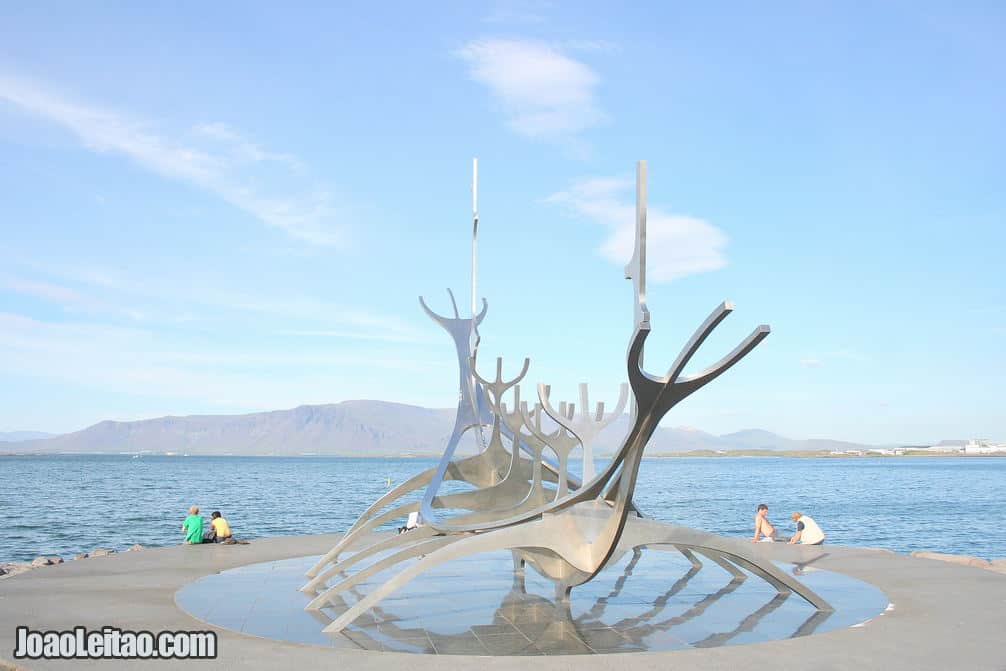
Blue Lagoon Spa
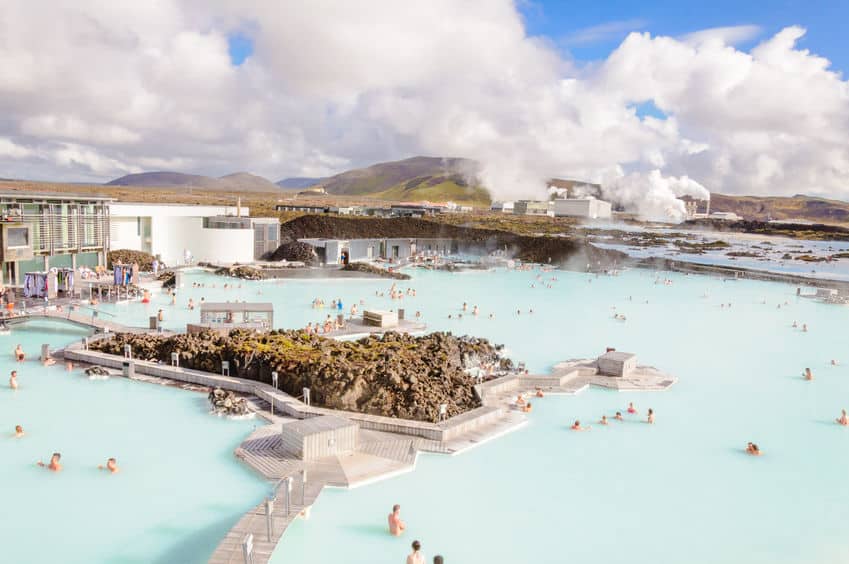
Hallgrimskirkja
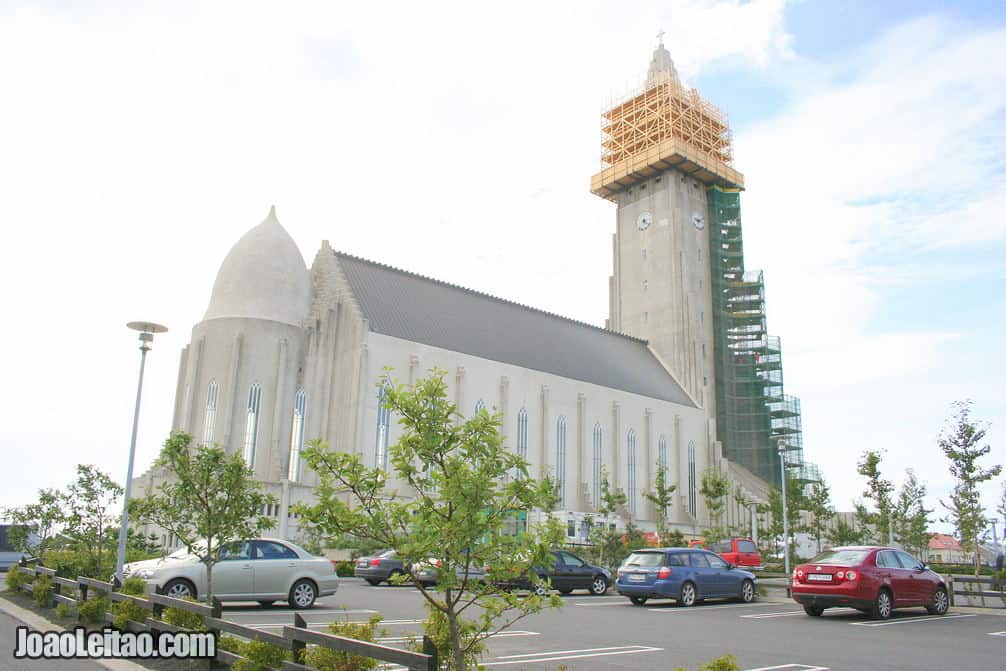
Old Reykjavík
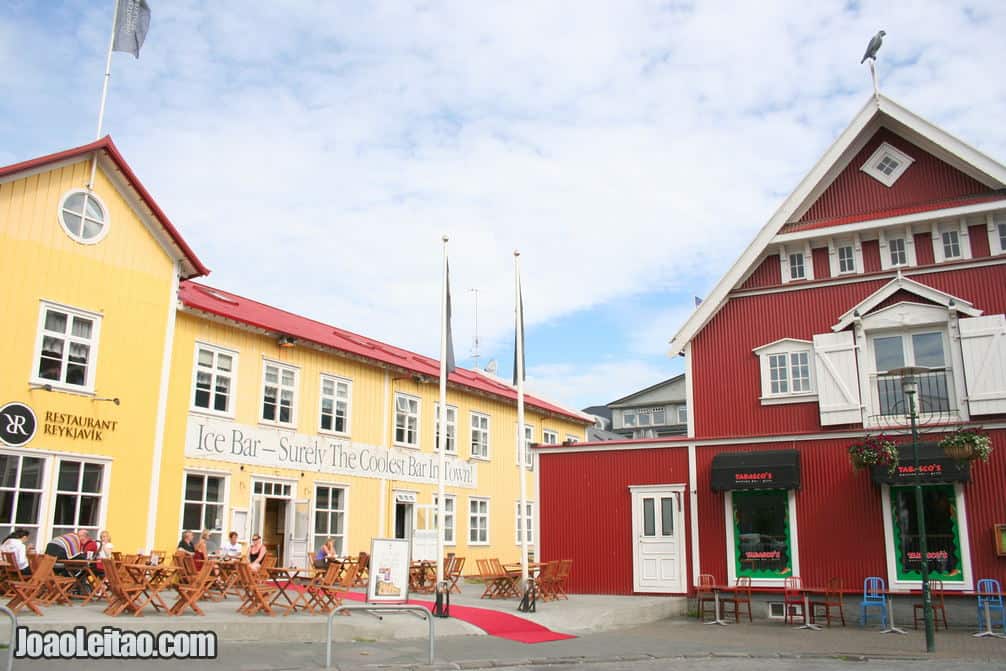
Whale Watching
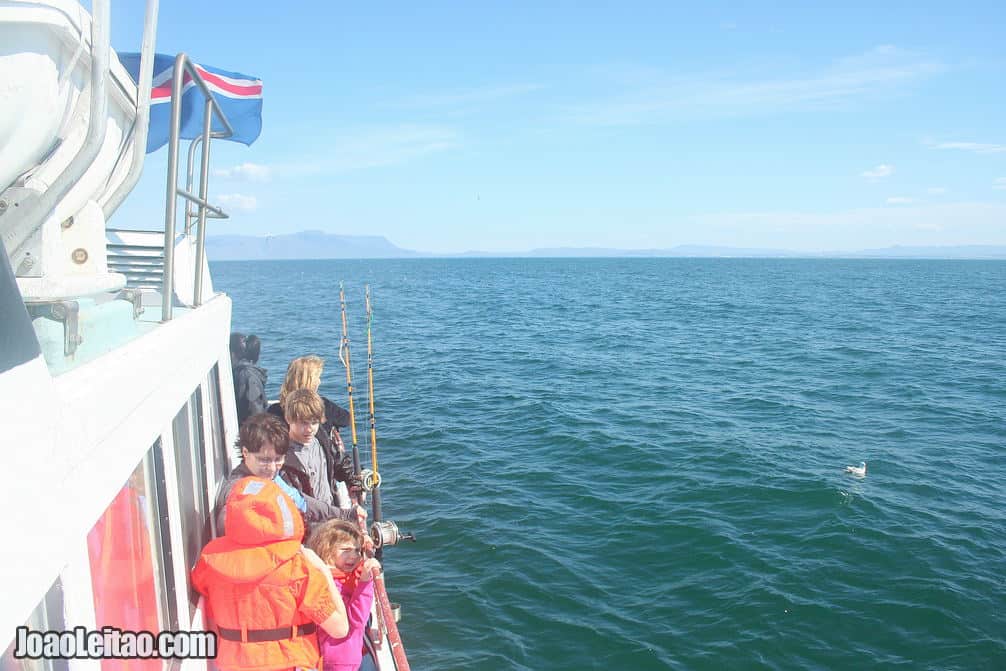
What to visit in Reykjavík
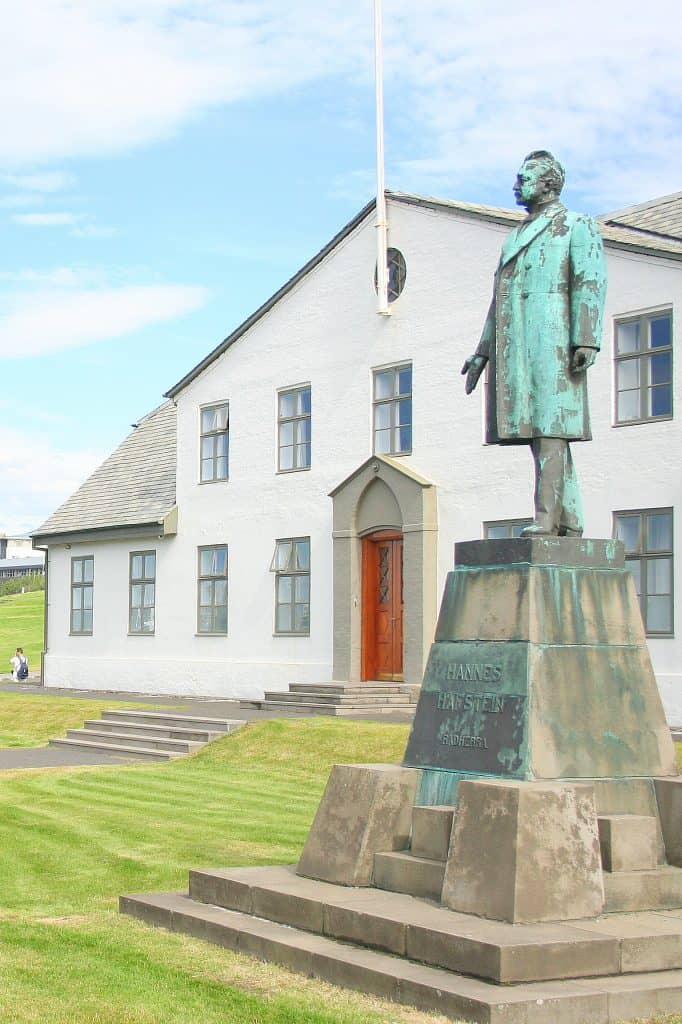
Most famous sites
- Hallgrimskirkja
- Harpa Concert Hall
- Perlan
- Sun Voyager Monument
- Laugavegur
- National Museum of Iceland
- Tjörnin Lake
- Videy Island
- Settlement Exhibition
- Phallological Museum
- Árbaer Open Air Museum
- Reykjavík Town Hall
- Nauthólsvík Beach
- Höfdi House
- Reykjavik Art Museum
- Reykjavík Maritime Museum
- Old Harbour Souvenirs
- Kolaportid Flea Market
- National Gallery
- Imagine Peace Tower
- Thrihnukagigur Volcano
- Grótta Lighthose
- Aurora Reykjavík Museum
- Whales of Iceland Museum
- Saga Museum
- The Einar Jónsson Museum
- Austurvöllur Square
- Reykjavík Cathedral
- Cathedral of Christ the King
- Reykjavík Art Museum
- The Culture House
- FlyOver Iceland
Map of Attractions
Tours in Reykjavík
Reykjavík City Guide
Hallgrímskirkja Church
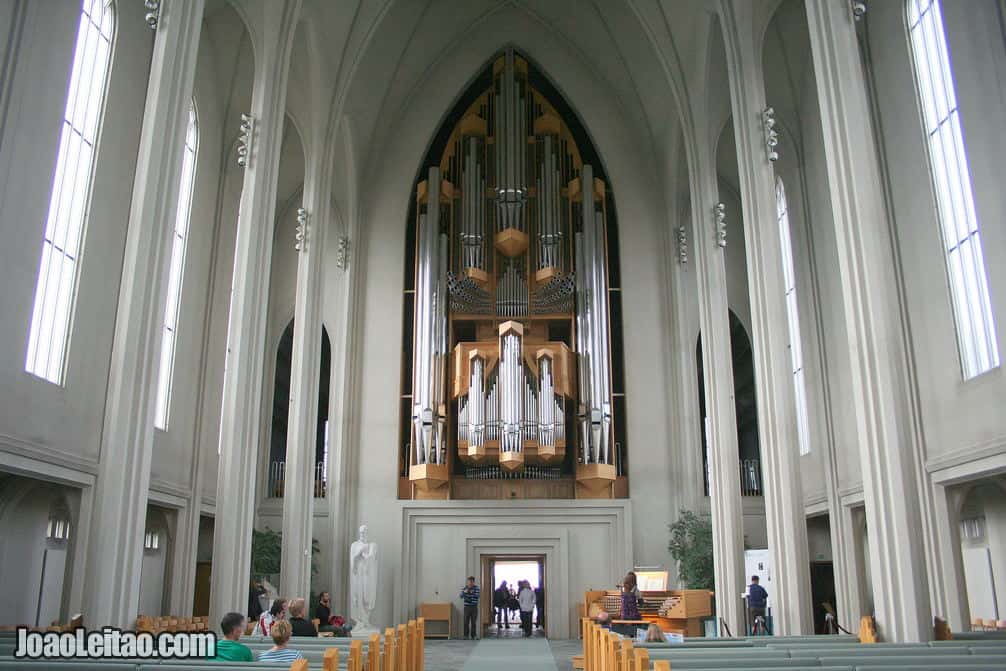
This Lutheran Church is the biggest in Iceland and one of the tallest structures in the country, 74.5 meters high. Designed by Guðjón Samúelsson in 1937, an incredibly bold project for its time, the temple was inspired by the natural shapes of lava turned into basalt rock and the Icelandic glaciers. Construction began in 1945 but was only finished in 1986. Extensive maintenance work happened in 2008. It’s said the original plan wasn’t for such a tall church, but the leaders of Iceland’s Lutheran Church wanted the temple to surpass Landakotskirkja, the highest Catholic church on the island. It’s open to the public and a ticket to visit the tower, accessible by elevator, costs ISK 900. From the top, you can see the whole city and part of its surroundings.
Blue Lagoon Spa

The Blue Lagoon is a geothermal spa close to Reykjavik and one of Iceland’s most famous places. The water in the lagoon is rich in different minerals and is known to have benefits for various skin conditions. It’s an artificial lagoon filled with water coming in from a nearby spring, which is replaced completely every two days. People have been bathing there since 1976 but the place only became popular in 1992. Access to the lagoon is paid and expensive, but if you just want to take a look, you can walk around and have an overview of the place, seeing the milky waters flowing in the canals around the lake.
Christ the King Cathedral
This cathedral, known in Iceland as Landakotskirkja, is the main Catholic church in the country. It was built on land bought by the first Catholic priests who came to the island at the beginning of the 19th century. Initially, they built a wooden chapel, but after the First World War, the resident Catholics wanted to build a more solid structure. The Neogothic church was designed by Guðjón Samúelsson and finished making in 1929. At the time, it was the tallest church in Iceland. The church is open to the public every day if you wish to visit, and they celebrate Mass in several languages.
Sólfar Sculpture – The Sun Voyager

This sculpture is probably Reykjavik’s best-known picture. It’s been by the sea since 1990. It’s a stainless-steel creation by Jón Gunnar Árnason, who passed away one year before the inauguration. Although it resembles a Viking Drakkar, that wasn’t the author’s intention, who created what he believed was a ship of dreams and an ode to the sun. It’s within walking distance from the city center and it’s a great place to photograph, especially at sunset with the Mount Esja in the background.
Harpa Concert Hall and Conference Center
The Harpa is a contemporary building that was under construction for four years and was inaugurated in 2011. It’s dedicated to shows, culture, and it’s also a conference center. The original project was far more ambitious and included a hotel with 400 rooms, luxury apartments, shops, parking lots, and the headquarters of a bank. The financial crisis, however, reduced the project to something simpler, which is now the building we see in the center of Reykjavik. Harpa was designed by architect company Henning Larsen and the façade was designed by Ólafur Elíasson. There are four concert halls, and the main one sits 1,800 people. A big part of the complex, located near the water, can be visited for free during the day.
Nauthólsvík Beach
This beach is an alternative to the famous Blue Lagoon but it’s only open during the summer. It’s in Reykjavik, by the Atlantic coast, and the water has an average temperature between 15 and 18 degrees Celsius. Depending on the time of the year, though, the temperature fluctuates due to the mix of ocean waters and geothermal springs. There’s a spot where the water is always at 38 degrees Celsius, open to the public all year. It’s near Ægissíða, a pedestrian and bike lane that’s very popular with locals in the Icelandic capital. Although it was only open in 2001, it’s now visited by a record number of half a million people a year, almost the double of the country’s population. The beach is one part of the leisure area of Nauthólsvík bay, named after a former farm that used to be there.
Museums in Reykjavík
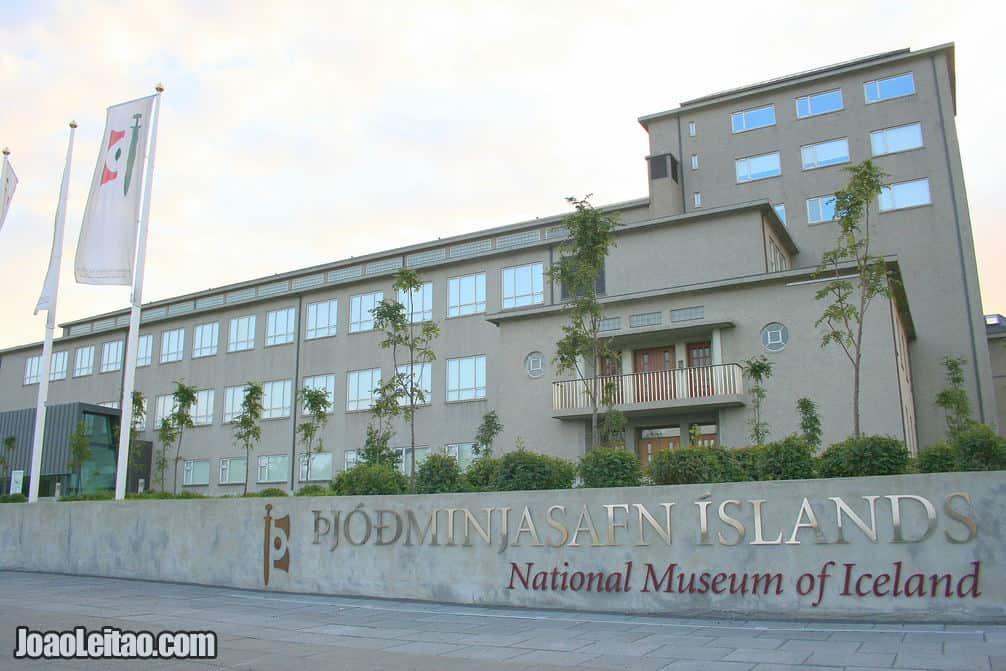
National Gallery of Iceland
The National Gallery of Iceland was founded in 1884 in Copenhagen, Denmark, the country that governed Iceland at the time. The museum was independent until 1916 when the Icelandic Parliament decided for it to be a part of the National Heritage Museum. The Gallery had two addresses before it came to its current location: it was located in the House of Parliament until 1950. That year the collection was moved into the main building of the National Museum, where it was formally opened to the public. Then finally in 1987, the National Gallery of Iceland was transferred to the current location, a 1916 building. The permanent collection includes pieces of Icelandic art from the 19th and the 20th century but also works of international artists like Pablo Picasso and Edward Munch. It’s not a permanent exhibition, it’s the pieces of the vast collection on display in alternation.
Arbaer Museum
This is an open-air museum, which you can call an ethnographical museum, where you can see houses and functional buildings that were brought from other parts of the country or were built as replicas to show the visitors how people used to live and still do in remote areas. The Arbaer Museum has 20 buildings that recreate a traditional square, a village, and a farm. The Museum was created in 1957 when people began to feel that traditional Reykjavík was vanishing, and they wanted to keep a memory of what the Icelandic capital used to be like for future generations. There used to be a farm where the museum is now, a place that was abandoned and where locals went to socialize and spend time. The museum is only open from June to August. In every other day of the year, you have to go on a guided tour on a fixed schedule.
Reykjavík Maritime Museum
The Reykjavík Maritime Museum, also known as the Víkin Maritime Museum, is near the city’s port, inside an old fish processing factory built in 1947, which was converted to house the museum. The factory’s activity was suspended in 1985 and the building was abandoned for 20 years. The building was then renovated, turned into a museum by the city, and opened to the public in 2005 as one of the five sites of the Reykjavik City Museum. Between 2007 and 2008 a top floor was added. The exhibitions at the museum are split into three parts: History of Sailing, From Poverty to Abundance, telling the story of the country’s fishermen, and The Coast Guard Vessel Óðinn, the museum’s main attraction. The museum also organizes temporary exhibitions regularly.
Icelandic Phallological Museum
The Icelandic Phallological Museum houses a collection of precisely what’s crossing your mind: phalluses, or penises of several animals. The collection contains 280 phalluses of 93 different animal species, including whales, which are represented through 55 phalluses. The museum opened in 1997, founded by Sigurður Hjartarson, and is managed today by his son. In 2011 it received its first human donation, but the surgical removal wasn’t a success and didn’t produce a specimen worth displaying. Currently, there are three donors, who will gift their penises to the museum collection after they die. One of them is North-American actor Jonah Falcon, who’s known for his legendary sized penis. As with many other places in Iceland, the museum is only open in the summers, from early May to late August.


